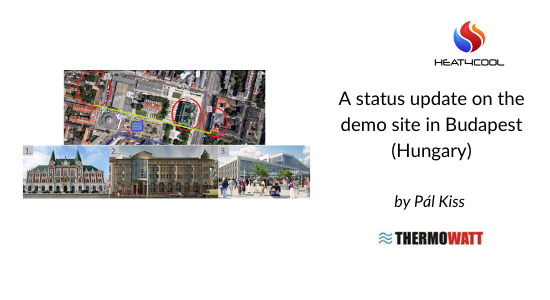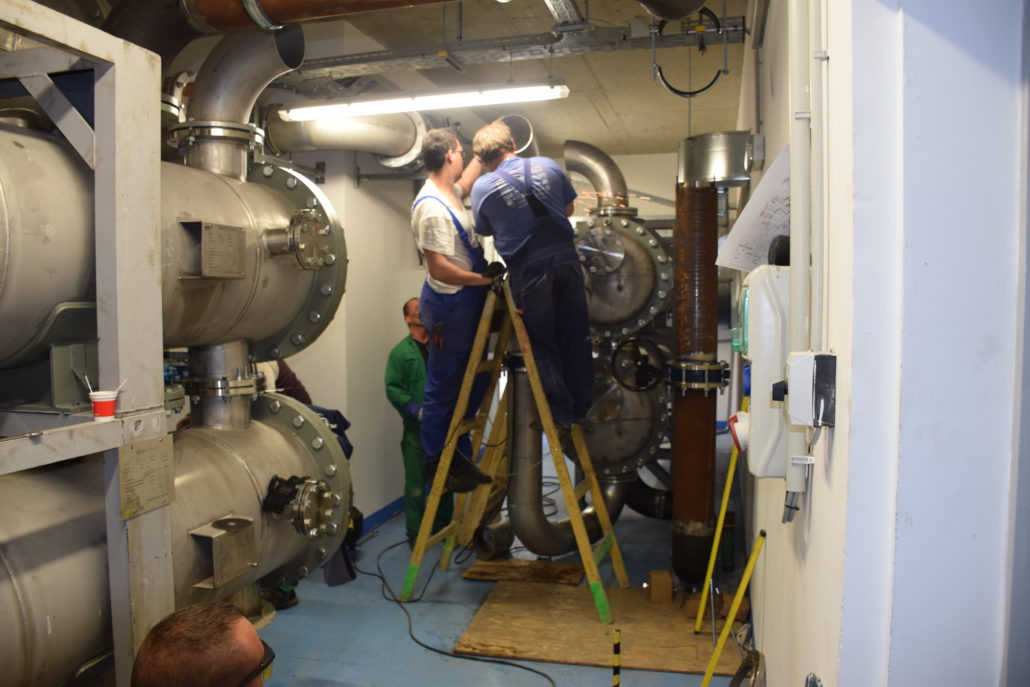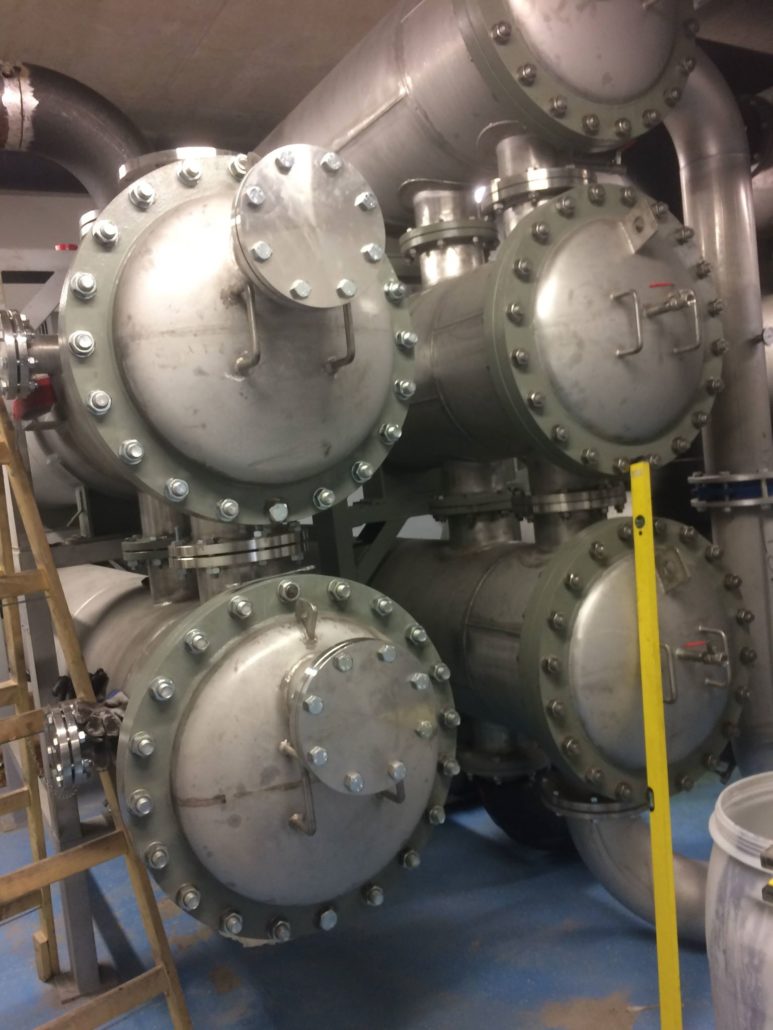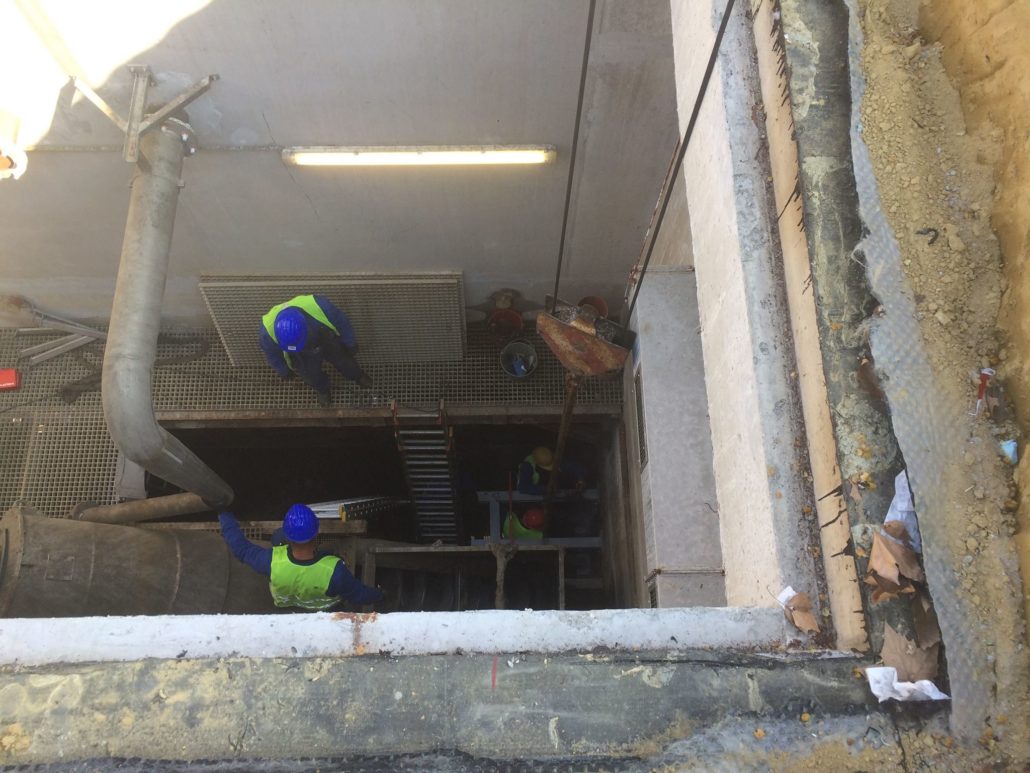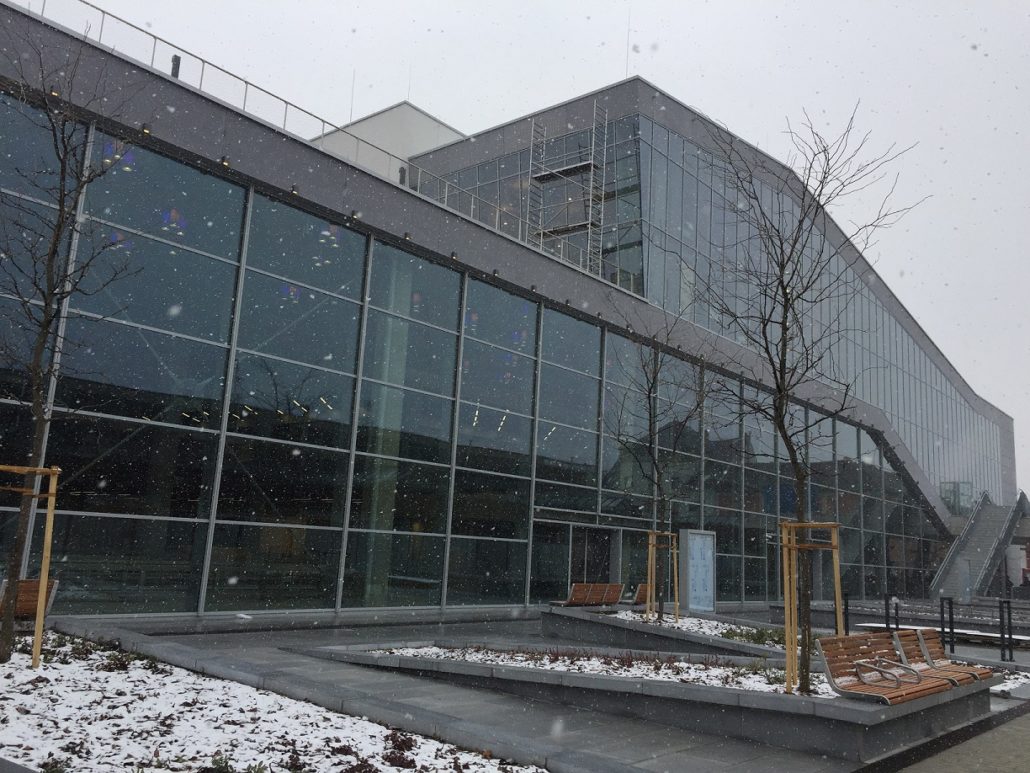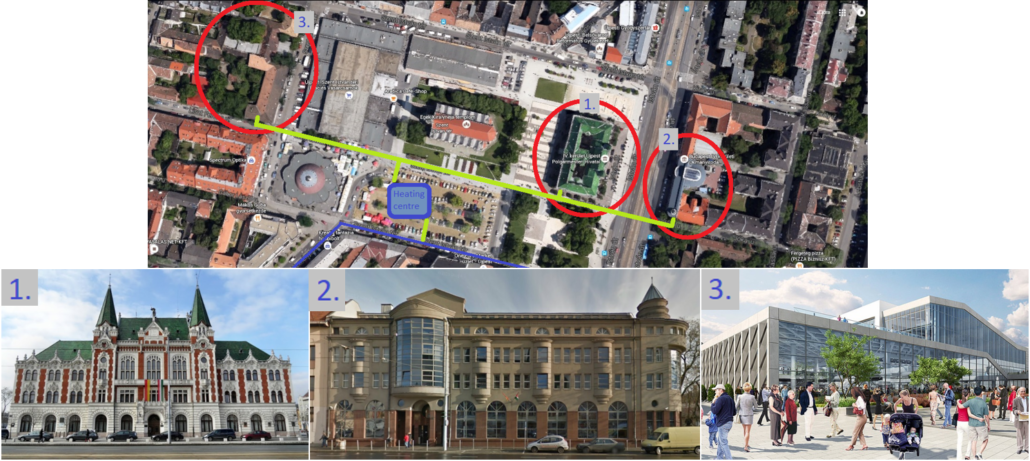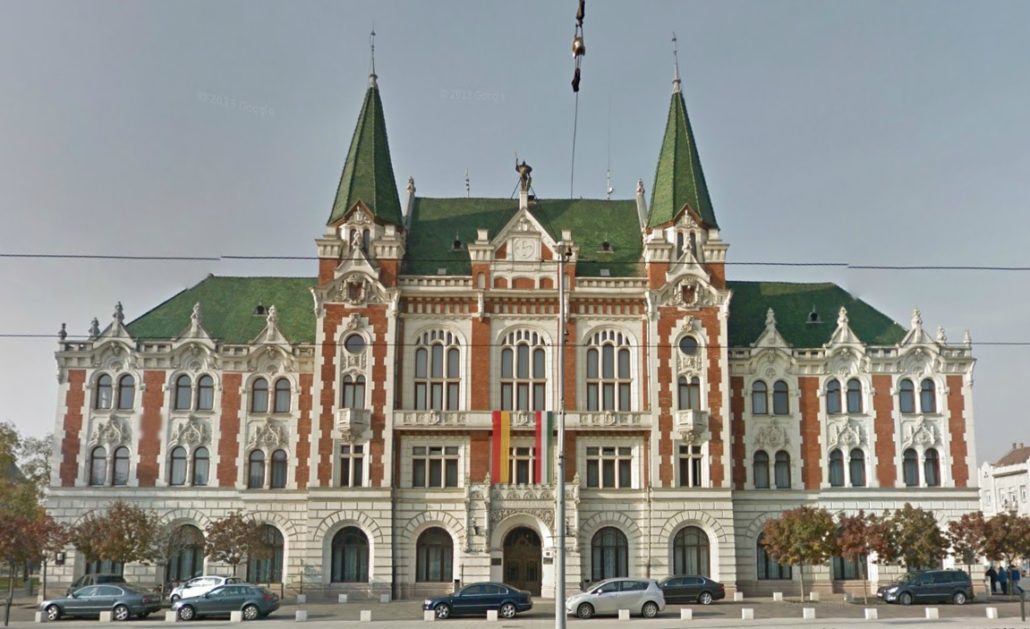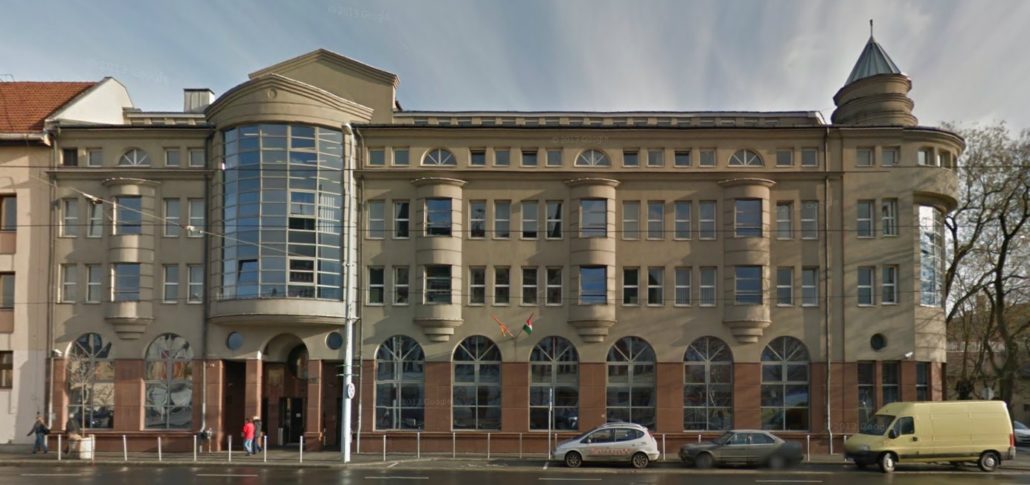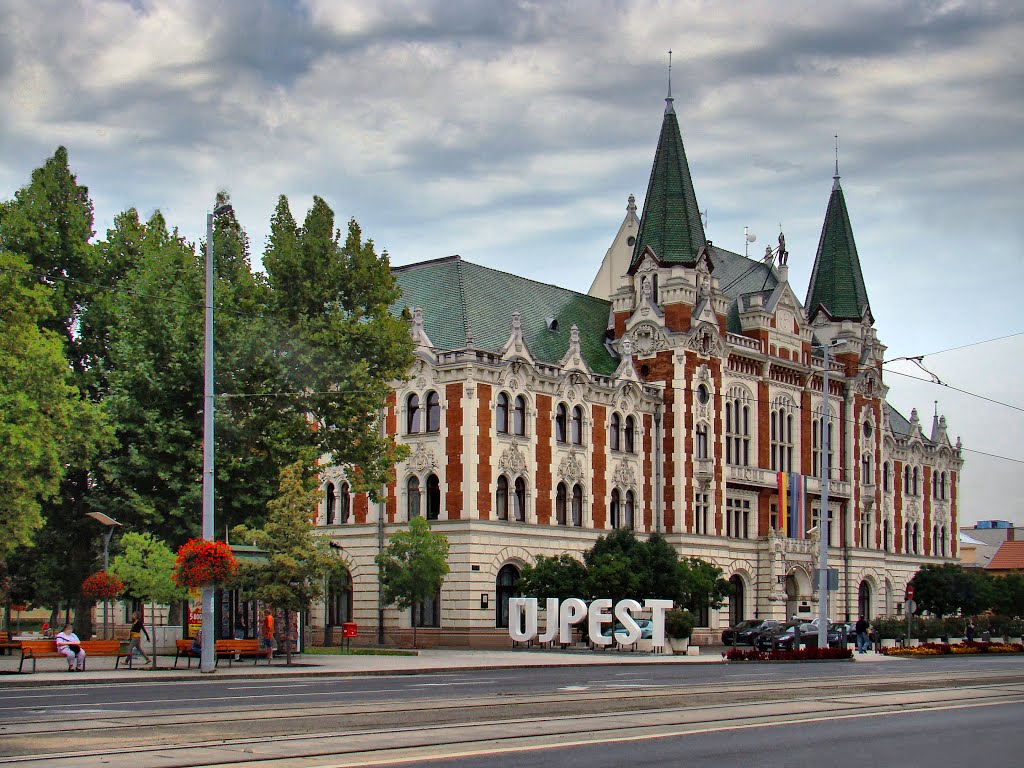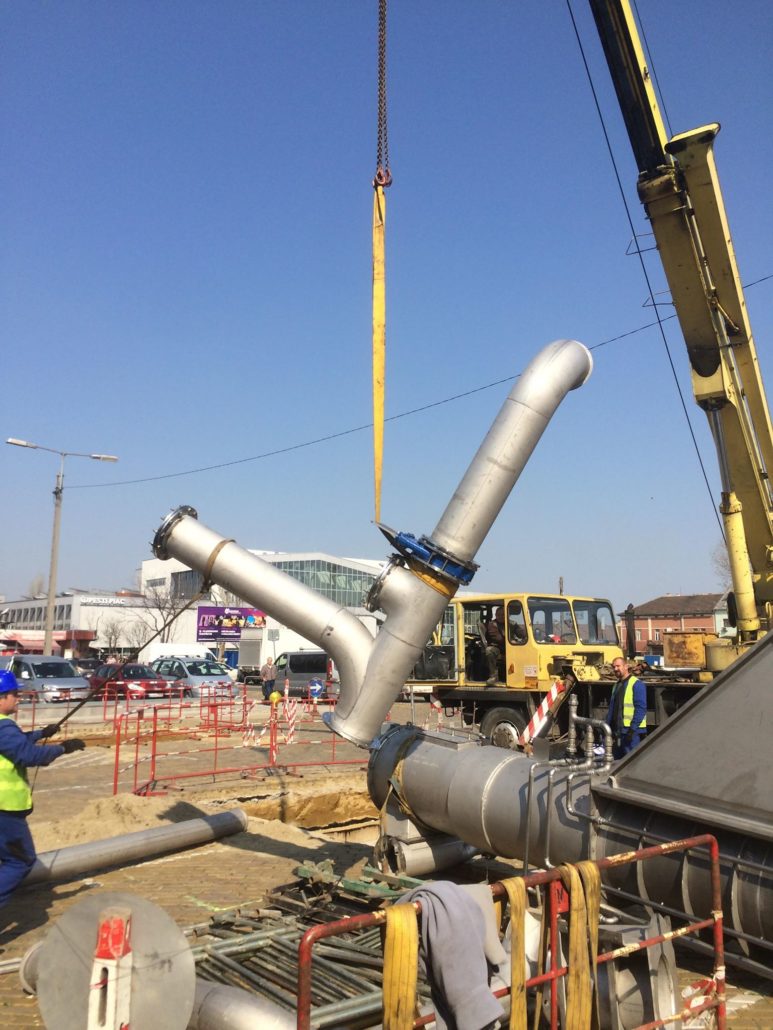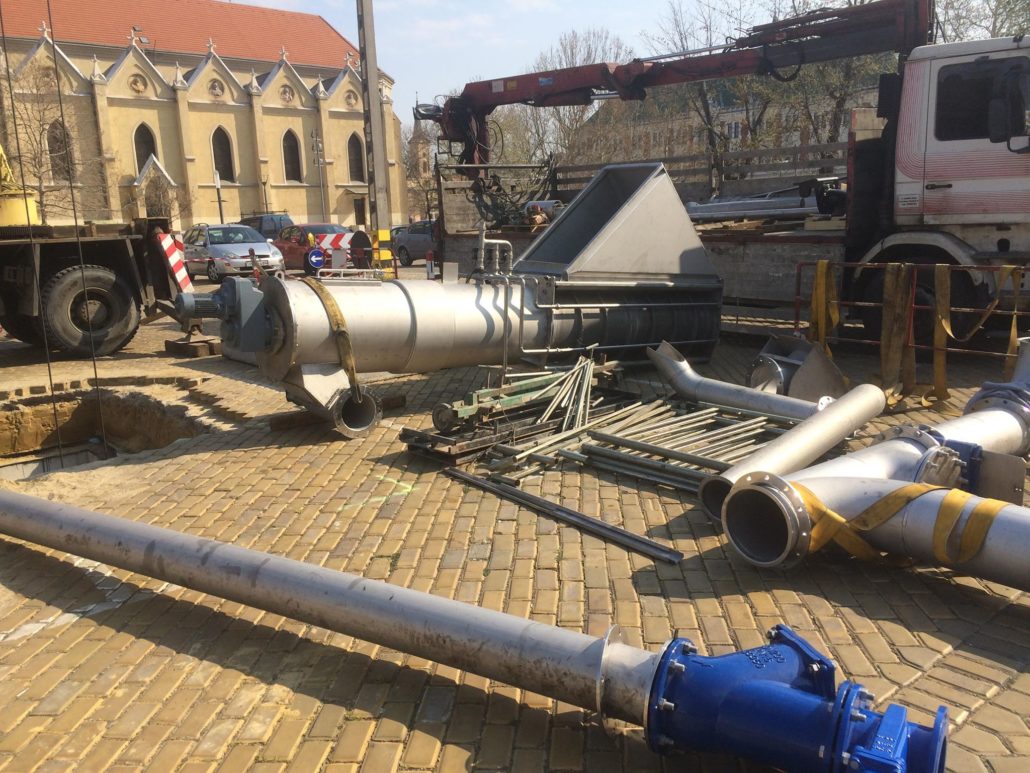Interviewee: Pal Kiss, Thermowatt Ltd.
Presentation of the demo:
Location: Budapest, Hungary
Structure and surface: Small district H&C system supplying 3 different buildings: 2 public buildings (a recently retrofitted over 100-year-old and a ~2-decade-old building) and 1 newly constructed mixed-purpose building (operational and public, commercial and cultural institution) on a lower temperature level.
Total heated/cooled surface area: ~ 12.500 m2
Status before the Heat4Cool project:
The pilot site in Hungary is an example of district system installation, and it provides heating and cooling to three buildings .
At this demo site the focus is on the thermal supply for the district structure, evaluation of sufficient technologies, and amelioration of the thermal supply efficiency.
Before the original WWH recovery system, the two already existing buildings (the New Market hall was still under construction when the Heat4Cool project started) were individually supplied by different gas boilers and air condensing chillers.
The new WW HEX system (introduced with the Heat4Cool project) will allow the reduction of natural gas consumption to a minimum, whilst energy efficiency and CO2 emission can be significantly improved through the utilisation of the alternative energy source in the combined H&C system construction.
Progress made with the Heat4Cool project:
Upon the manufacturing of the prototypes (as outcomes from the R&D activities), and the finalization of the implementation plans, the installation at the demo site in Budapest started in March 2019.
The core elements for the demo installation were the placement and connection of the innovative prototypes: the new Heat exchangers (2×2 HEX units) and the improved screening unit with built-in washer.
These elements are expected to improve the efficiency, reliability and balance the performance of the wastewater heat utilizing system solution.
However, in order to ensure a successful implementation and the prototype’s ability to run as part of the system, rather complex construction and engineering works had been made.
The underground engine house, that was providing space for the prototypes, was opened and restored (along with the parking spaces above ground), the new prototypes had to be carefully positioned, an accompanying supplementary machinery had to be procured moreover necessary piping, wall-crossovers, HEX-cleaning solutions’ implementation, and SCADA expansion along with corresponding automation works had been carried out.
Finalizing the automation works in August 2019, the system fine-tuning, SCADA and sensor settings and verifications begun afterwards, in order to guarantee the performance during a monitored and documented trial operational period.
The trial period started on 1st of October 2019.
Full month operating data is collected at the end of each month from the servers and then coupled with system configuration, operating settings and weather data information to be utilized for further analysis.
By December 2019 there are already two months of full dataset available for a thorough evaluation. The system data assessment is led by our coordinator, POLIMI.
First months’ characterization will be available soon – and in the meantime Thermowatt is continuing the supervision of the Demo performances, and aims at collecting more diversified data, due to carefully alternating the operation settings’ parameters and system protocols.
Some pictures of the demo:

